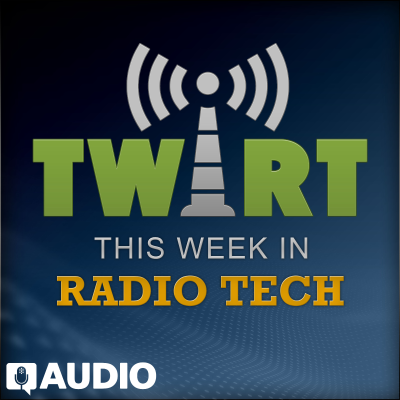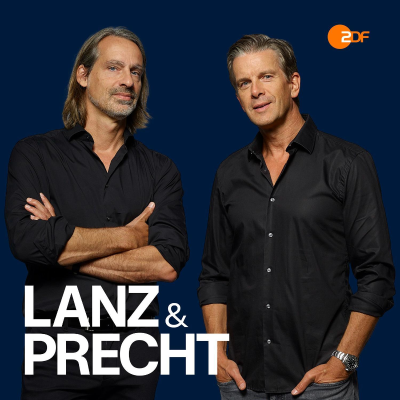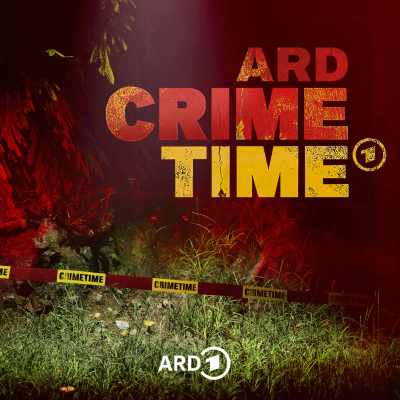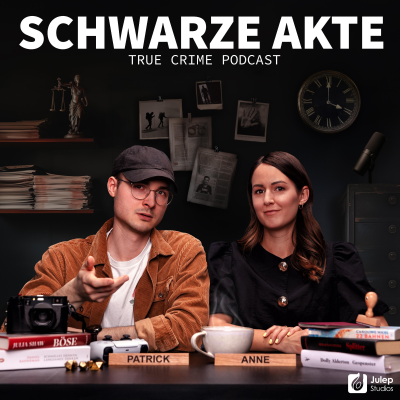
This Week In Radio Tech (TWiRT)
Podcast von guysfromqueens
Nimm diesen Podcast mit

Mehr als 1 Million Hörer*innen
Du wirst Podimo lieben und damit bist du nicht allein
Mit 4,7 Sternen im App Store bewertet
Alle Folgen
316 FolgenThis Week in Radio Tech dives into how broadcasters can build rock-solid, multi-layered broadcast plants that keep them on the air and their audiences happy, even when equipment fails. Chuck Bullett, Director of Technology at Audacy San Francisco, shares his modular “backup B and C” philosophy—designing independent, mutually exclusive systems that can stand in when […]
As we celebrate the 4th of July - Independence Day - in the United States, we’re reminded of the relative freedoms we enjoy here in the realm of broadcasting. In our case we’re speaking of radio broadcasting. Dr. Andy Gladding teaches broadcasting at Hofstra University, plus he’s the Market DoE for the Salem radio stations in New York City. Additionally, Andy is the new owner of WKZE-FM in Saulsbury, Connecticut. His work (and working vacations) have taken Andy to several other countries where he gets to know and understand the radio broadcasting landscape. Who better to compare and contrast broadcasting rules and practices with those in the USA? Join us for a fascinating look at radio broadcasting in a few other countries as we celebrate Independence Day in the USA.
The University of Wisconsin-Oshkosh is launching a rare program to train students in broadcast engineering. The emphasis followed years of planning and consultation within the RTF department and the Wisconsin Broadcasters Association. William Kerkhof and Andrew Smock join Chris Tarr and Kirk Harnack to reveal the motivations and planning going into this new program. And we get an introduction to some of the courses and emphases available through this degree program.
Join us for a special on-location episode of This Week in Radio Tech, recorded at the historic Armstrong Tower in Alpine, New Jersey—the birthplace of wideband FM broadcasting. We’re joined by electronics designer and radio historian Steve Hemphill, along with Chuck Sackermann, whose company owns and oversees this iconic site. Together, we explore the groundbreaking legacy of Edwin H. Armstrong and the enduring impact of his tower and technology. Tim Braddock also joins us with comments about the famous Alford Antenna, in service for over 50 years on the Empire State Building.Don’t miss this fascinating journey through radio history, innovation, and preservation!
The spark, motivation, and process for invention is absolutely fascinating! This week we got lucky and found two gentlemen who epitomize the spirit of invention. They often do this by asking, “What is it that we’re really trying to do here?” Sometimes the answer results in new approaches to the problem or task. Mike “Catfish” Dosch and Cornelius Gould are working on some projects at Angry Audio. This provided a perfect opportunity to interview them together and discuss the inventor’s process.























